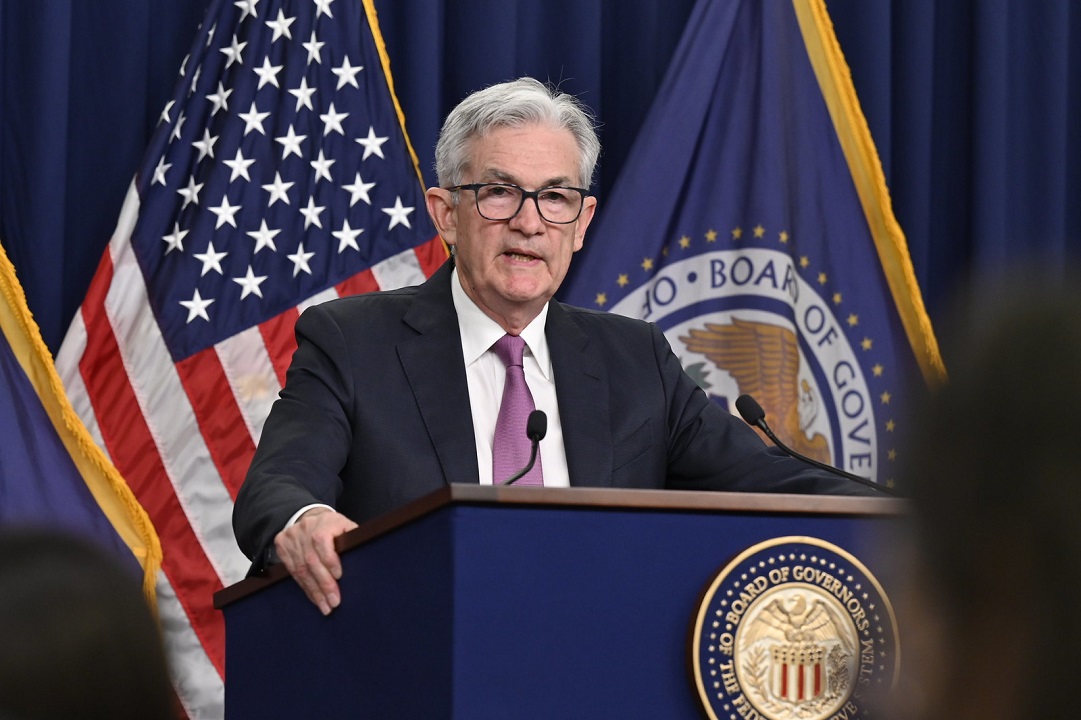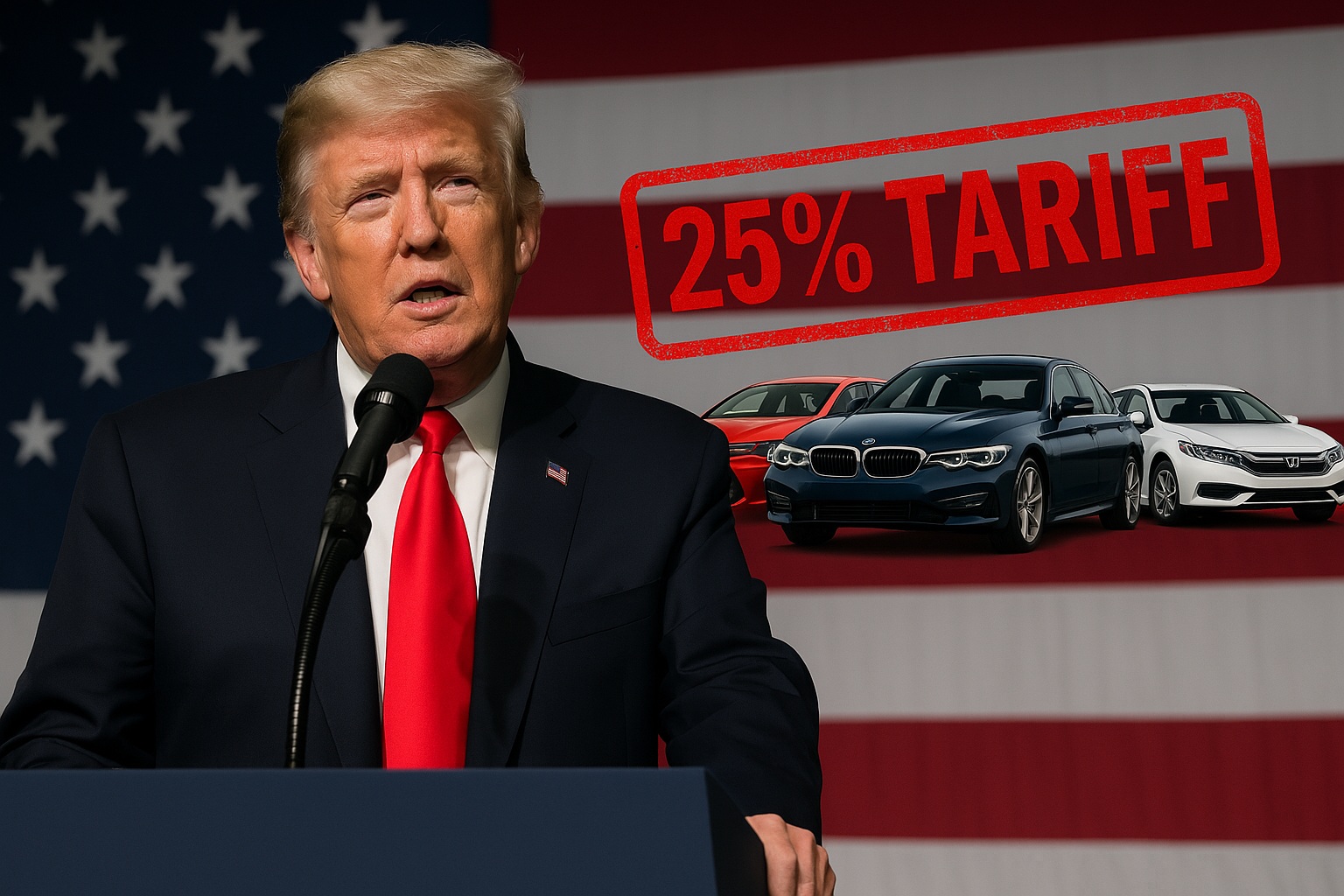Did Trump really say the U.S. makes $2 billion a day from tariffs?
Yeah. He did. Today, April 9th, a few posts on X quoted him saying it straight:
“We are taking $2 billion in a day from tariffs.”
Sounds huge. Sounds powerful.
But is it true?
Let’s dig into what’s really going on. And we’ll keep it simple. Straight facts, easy words, real numbers.
What are these tariffs anyway?
Before we dive deep—let’s rewind.
Tariffs are taxes on imported goods. When stuff comes into the U.S. from other countries, the government adds a fee. These fees are meant to do a few things:
- Make U.S.-made goods look better
- Cut down trade deficits
- Push other countries into better trade deals
Trump’s always been big on tariffs. He says they protect American jobs and industries—especially steel. He’s also tied them to national security, which not everyone agrees with. Still, this isn’t new. But recently, he doubled down.
What changed in April?
On April 5, 2025, a new 10% baseline tariff kicked in. That’s 10% on everything coming in. Then today, Trump added even more tariffs on countries with big trade deficits, like China.
That’s a lot of tax money, right?
It should be.
But now here’s the part where the math gets a little weird.
So… is the $2 billion claim true?
Let’s pause and really look at the numbers.
Here’s a quick breakdown of what experts and real sources are saying:
| Source | Annual Estimate | Daily Estimate |
|---|---|---|
| CBS News (April 2) | $150 billion | ~$410 million |
| CNN (March 31) | $600 billion | ~$1.64 billion |
| JP Morgan (April 3) | $400 billion | ~$1.1 billion |
| DalioTroy (X Post, April 8) | N/A | ~$200 million |
| Trump’s Claim | N/A | $2 billion |
So yeah—Trump’s number is the biggest. But is it backed by data?
Not really.
Why are the estimates so different?
It comes down to who’s calculating what.
CBS looked at current laws and trade volumes. They ended up with about $410 million a day. That’s just math.
CNN’s number came from Peter Navarro, one of Trump’s allies. He said tariffs could raise $6 trillion over 10 years. Do the math—divide $6 trillion by 10, then by 365. That gives about $1.64 billion a day. Still not $2 billion, but closer.
JP Morgan? They went with $400 billion a year. Divide that—$1.1 billion per day.
And then DalioTroy on X? He pointed to actual Treasury data. That said it was closer to $200 million a day. That’s way below everyone else.
So why’s Trump saying $2 billion?
Hard to say. Maybe he rounded up. Maybe he’s estimating future growth. Maybe he’s just… being Trump.
But wait—who’s paying these tariffs?
Here’s something important. And people mess this up all the time.
Foreign countries don’t pay these tariffs.
American importers do.
That means businesses. And guess what they do when they have to pay more?
They raise prices.
So in the end, you pay. Me too. Everyone who buys anything imported.
The Tax Foundation even said this could cost households $1,900 more this year.
Are tariffs helping or hurting?
That depends who you ask.
Trump says they’re making the U.S. stronger. Maybe in some ways, they are.
But JP Morgan warns they could push prices up, trigger inflation, and maybe even cause a recession. If costs rise across the board, and people stop buying, things get ugly fast.
Also—this is the biggest tax hike since 1982, according to some experts. That’s not a small thing. That’s decades.
So… what’s really going on?
Here’s the truth:
- Trump did say $2 billion a day.
- The real number? More likely $410M–$1.64B. Possibly lower.
- He’s using tariffs to push countries into better trade deals. It’s working, in some ways.
- But it’s also making stuff more expensive here at home.
- And yeah—you’re the one paying for it, not China.
Final thoughts
Big numbers make big headlines.
$2 billion a day sounds strong. Feels powerful. But numbers aren’t just there to impress—they need to be true.
In this case?
Looks like Trump’s claim is more campaign slogan than spreadsheet fact.
The numbers say so.
Don’t let politics twist your wallet.
Know what tariffs are doing to your cost of living. And always, always check the math.
Want more breakdowns like this? Stay tuned.



